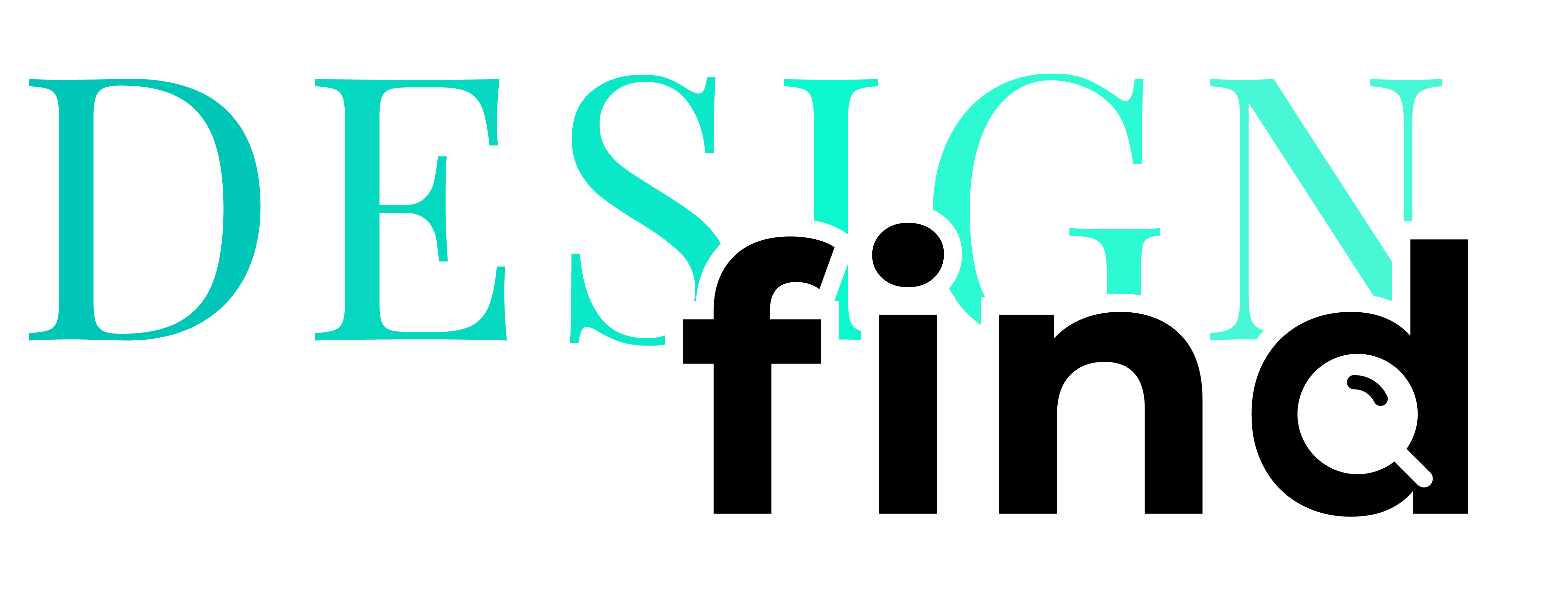
3D Printing Technologies and Materials – Powering Your Discovery
3D printing has the potential to revolutionize various industries around the world by allowing companies and manufacturers to design and produce products in innovative ways.
From automotive and aerospace to medical and consumer goods, 3D technologies are now being utilized to design and develop functional prototypes, parts, and tools to accelerate testing and production.
Some industries are also benefiting from this technology to develop and take their products to market faster than traditional methods.
This short article will take a closer look at the various 3D printing technologies and materials commonly used by major industries.
Technology Definition
Also known as additive manufacturing, 3D printing is a process of creating three-dimensional objects layer-by-layer using computer-aided design software.
To create a 3D part or object, multiple layers of material are built up until the entire product or part is developed. This method is the reverse of subtractive manufacturing processes, where a final design is cut from a larger block of material.
Common Types of 3D Print Technologies
This technology jets and cures thin layers of liquid photopolymer using UV energy. It is capable of printing in 16-micron layers and multiple durometers and many colors for multi-material parts. This technology is an excellent choice for accurate, high-resolution models and prototypes.
Sintering
With this technology, the material is heated to produce high-resolution objects. Metal powder is utilized for direct metal laser sintering (DMLS), while thermoplastic powders are used for selective laser sintering (SLS).
LCM Technology
Lithoz’s 3D printers are driven by Lithography-based Ceramic Manufacturing (LCM) technology. This technology is the solution to the dependable serial production of additively manufactured ceramics. The performance and accuracy of ceramic parts have been tested to satisfy and surpass traditional ceramic methods.
Different Types of Materials Used
The type of materials used also depends on the specific technology. Examples of 3D printing materials are thermoplastics, metals, resins, and ceramics.
Common Applications
3D printing technologies and 3D printers can print and manufacture small to large objects and projects from different materials.
Some 3D printers can also create flexible objects with complex designs using hybrid rubber and plastic powder. They also can print with carbon fiber and metallic powders for extremely strong industrial products.
Here are the common applications of this technology.
• Rapid Prototyping and Manufacturing
• Production Parts and Prototypes
• Tooling
• Models and Modeling Applications

How Does 3D Printing Change the World?
The speed, accuracy, and cost-effectiveness of 3D printing technology have disrupted almost all major industries around the globe. As this technology continues to become cheaper and more advanced compared to traditional manufacturing methods, 3D printing plays an increasingly significant role in manufacturing.
These developments and advantages are just a tip of how additive manufacturing might progress over the next few years. The future may be unclear, but this technology is gaining track among global manufacturers.
